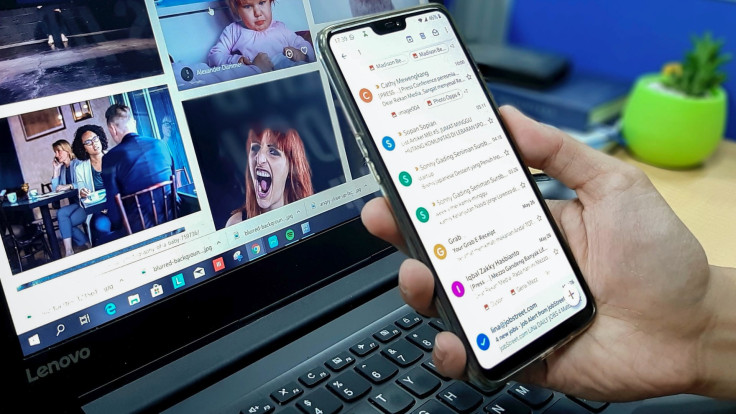Email Etiquette to Make Your Business Emails Sound Friendly

Constructing emails can be intimidating, especially if you lack experience writing them. Many businesses rely heavily on communicating with clients via email, so it is good to have a friendly, welcoming tone while remaining professional. This guide will introduce various ways to compose emails that the reader will find amiable.

The Basics for Composing a Professional Email
Before you begin writing an email, you should take the time to reflect upon the recipient of your message. It is more than likely that this person is busy and will not want to spend more than a few minutes reading your email.
Keep your email clear and concise so that the recipient will read the message in its entirety. Having one or two paragraphs a few sentences each is ideal; however, this rule can easily vary depending on the subject matter. The email should be free of any grammatical errors, so it is good practice to read it several times before hitting send.
No matter who you are writing to, you should start your email with a brief introduction or greeting. This should be professional without being too laid back or casual in tone. Starting the email by writing "Hi (name of recipient)," gives a friendly appeal without being too formal.
Double-check the spelling of the person's name before sending the email. Misspelling the recipient's name will come off as careless and unprofessional. If you are unsure of the spelling, it is best not to include a name at all. Instead, you could begin with "Good Morning/Afternoon." Avoid using nicknames unless you have explicitly been asked to do so.
Don't forget to incorporate a signature that includes your full name, title, company name, and additional contact information, such as another email or phone number. This gives the recipient more contact options that are convenient to them.
Establish a Friendly Tone
While covering the basics for constructing a standard email is polite, it doesn't fully establish a friendly tone. Here are a few things you can include to develop a friendly tone:
- A good rule of thumb to remember when composing an email is to have a cheerful attitude. You want to come off as helpful and attentive. One way to accomplish this is by using exclamation points. This is an excellent way to show the recipient that you value their time and are eager to work with them.
- Adding a personalized phrase at the beginning or end of your email can make it sound more authentic, such as, "I hope this finds you well" or "I hope all is well." However, personalized phrases such as these should be still be kept short and simple to avoid being too laid back and unprofessional.
- A good way to end an email with a client is to express to them that you are open to clear up any questions they may have regarding the content of your message. Adding, "I am open to answering any further questions you may have" to the end of your email displays your willingness to answer questions and be on the same page as them.
Things To Avoid

Be aware that business emails are often referenced or forwarded to other business partners and clients. When sending an email, you should consider who else it may be forwarded to or come in contact with. This is why keeping emails short, friendly, and professional is the best approach.
Avoid emojis and over-personalization, including humor, in emails. Even if you know the recipient well, your email can be forwarded or referenced by other business associates.
Refrain from using negative words such as "but" or "unfortunately." These words have the potential of giving off a condescending tone, which can make you seem unapproachable or rude.
Going Forward
Making a good impression via email is important for many aspects of a business. Maintaining a friendly tone can make a major difference for all parties involved, whether it is a client or business partner.
Getting comfortable writing emails in this manner takes time and practice, but it's always a good idea to proofread and double-check your work before hitting send. Try putting yourself in the recipient's shoes to evaluate the tone and length of your message. With enough practice, the process will only continue to get easier and easier.
© Copyright IBTimes 2024. All rights reserved.





















